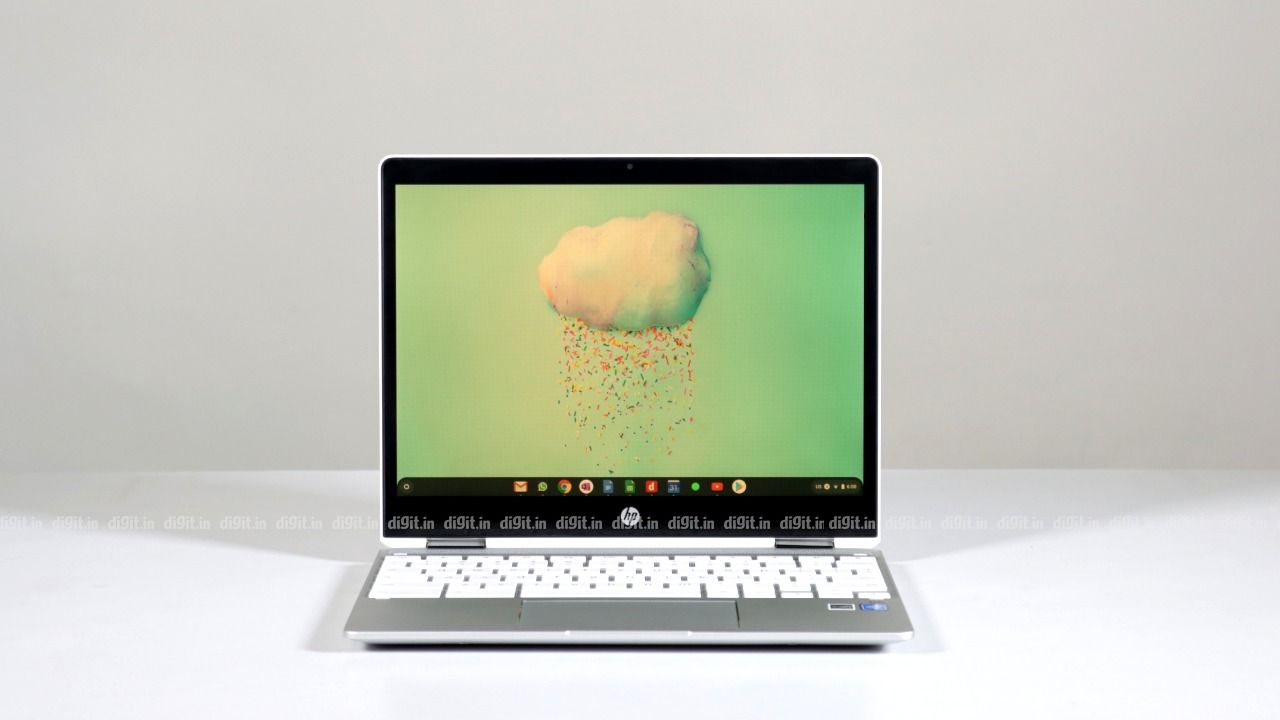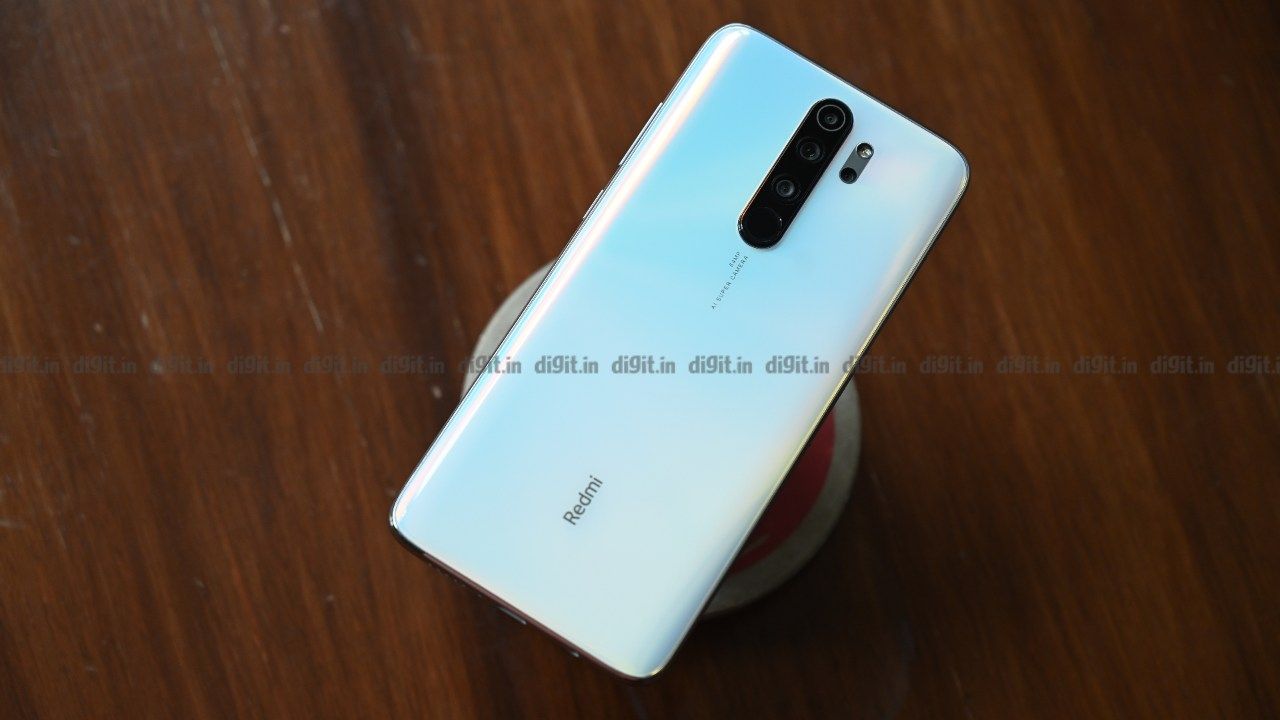
The Redmi Note series has become ubiquitous to high performance and good cameras, all under Rs 15,000. While there’s no telling if this price barrier will be breached next time, Xiaomi managed to pack in even more fire power and four cameras with the new Note 8 Pro without increasing the price of the entry variant. It’s the second Redmi Note Pro smartphone to launch in 2019 in India. If Realme and Samsung indeed put a dent in Xiaomi’s top spot in the Indian market, the Note 8 Pro is the company’s answer to snatch it back. But with so many options now in the mid-range segment, is the Redmi Note 8 Pro the best mid-range smartphone to buy right now?
Performance
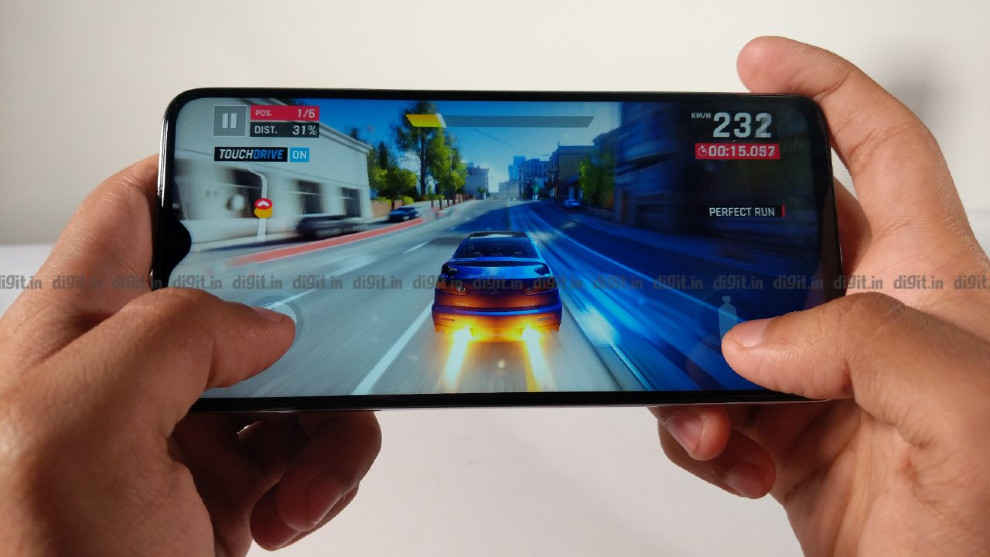
Let’s start with the hardware under the hood. Among all the Note series smartphones launched by Xiaomi in India, the Note 8 Pro is unique in one way. It relies on a flagship MediaTek SoC instead of a Qualcomm mid-range processor. Xiaomi hopes that should give the phone an edge over the others in gaming performance, which is what the MediaTek Helio G90T powering the phone, is meant for. What’s more, the base variant of the Note 8 Pro comes with 6GB RAM while the top-end has 8GB RAM installed. The storage ranges from 64GB to 128GB, making the Note 8 Pro a cut above the rest in the sub-15k range where 4GB RAM and 64GB storage is still commonplace.
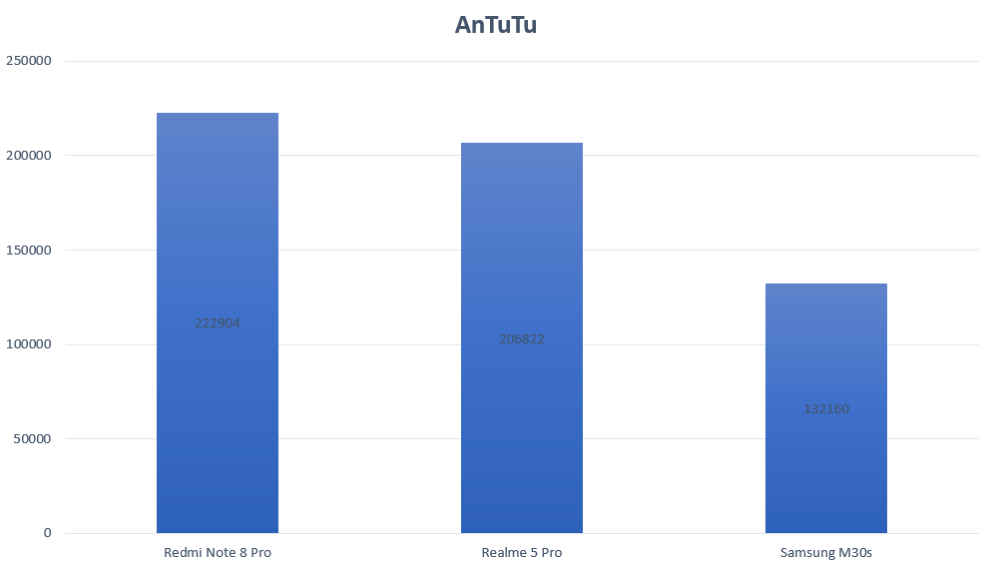
On benchmarks, the MediaTek G90T scores the highest in AnTuTu with 222904 in the mid-range segment, beating the Redmi K20’s Snapdragon 730 by a good margin. Note that the Redmi K20 is priced much higher. On Geekbench 5, the Note 8 Pro scores 352 and 1374 on single-core and multi-core CPU tests respectively. We compared the scores against the Exynos 9611-powered Galaxy M30s and they stood neck-to-neck.

During the course of testing, Geekbench updated the app to Geekbench 5, a new version of the benchmarking app. Scores from Geekbench 5 are not comparable to those from Geekbench 4.
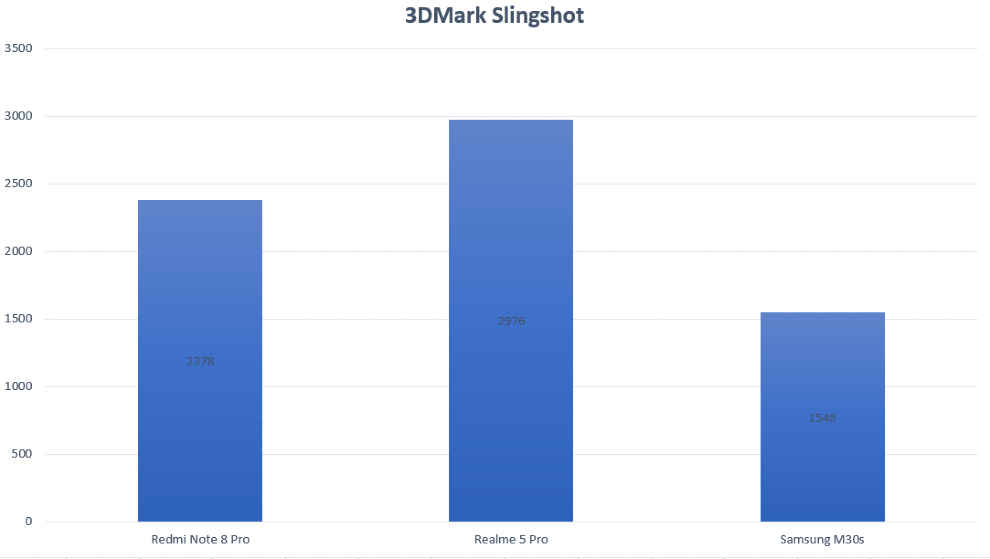
The Helio G90T sports a Mali G76 MC4 GPU that shares similarities with the GPU used in the Samsung flagship phones. On 3DMark Slingshot, the Note 8 Pro scored 2378, beaten only by the Realme X with 2690 points. The rest of the competition fail to match up to this score indicating that the graphics rendering is indeed much better on the Note 8 Pro.
But that’s just the benchmark numbers. In the real world, the Redmi Note 8 Pro works without a hitch. There’s no lag whatsoever in the interface while the apps and coming from the OnePlus 7 Pro, I couldn’t feel a big difference in speed. Apps don’t take much time to launch, especially the heavy ones like PUBG Mobile and Call of Duty: Mobile. The camera, however, takes a little longer to initialise, but once ready, it takes back to back shots without any shutter lag.
Gaming on the Helio G90T is a charm. This is the reason why Xiaomi chose to go with this chipset and in games like COD: Mobile and PUBG Mobile, you can see the difference in quality in textures, draw distance, smoothness and the likes. For one, the G90T can max out the graphics settings for all the Android games we tested. You can refer to our detailed gaming review of the Redmi Note 8 Pro for more in-depth information.
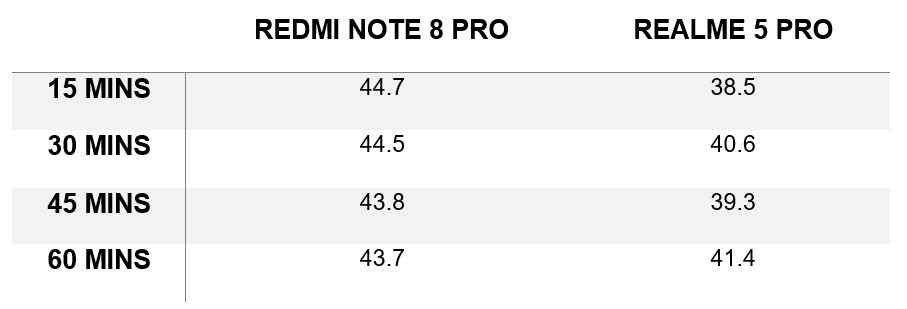
(Temperature in Degree Celsius)
A word about overheating. We earlier noted that the device might heat up a lot during longer gaming sessions. Having put the phone through an hour long session of PUBG Mobile and Call of Duty: Mobile each, we noted that the surface temperature never went beyond 45 degrees, with the transparent case on. Unless the temperature goes beyond 50 degrees, the device is not overheating. However, in comparison, the Realme 5 Pro when put through the same duress never went beyond 41 degrees. So, relatively speaking, the Note 8 Pro does run a little warmer than its immediate competition, but it’s nothing that you should be concerned about.
One thing that most enthusiasts were concerned when Xiaomi announced switching to MediaTek was the lack of development. However, we can confirm that Xiaomi has indeed worked with developers and you can root the Note 8 Pro and flash it with custom ROMs. Gcam for Note 8 Pro is available which requires no root.
Software
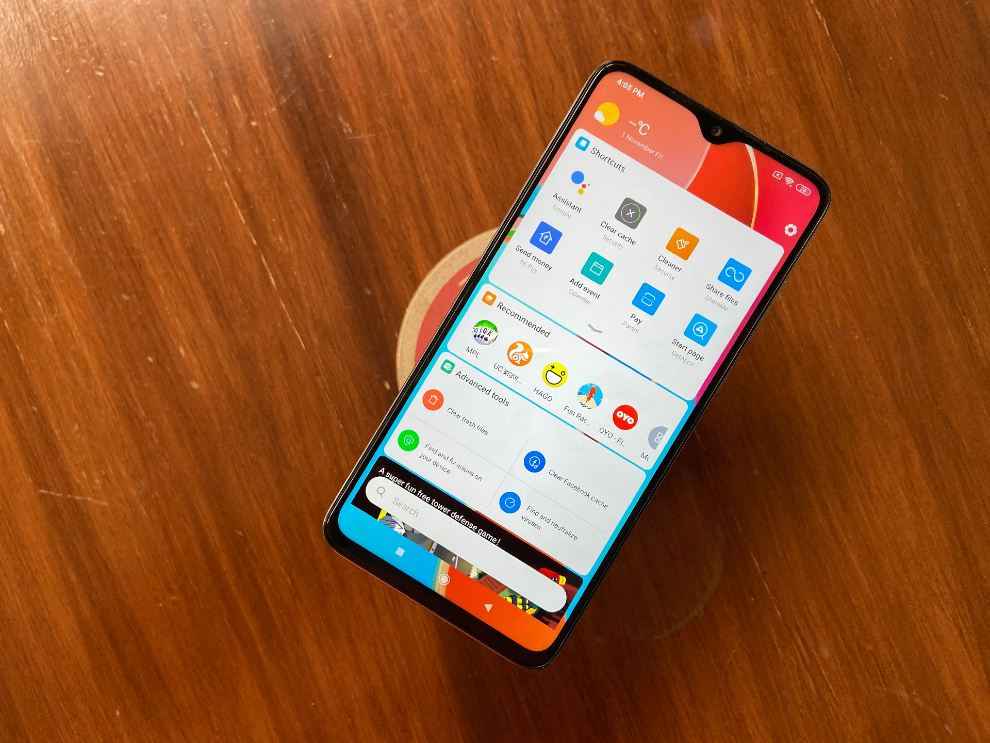
Despite Android 10-based MIUI 11 announced at the launch event, the Note 8 Pro runs on MIUI 10 based on Android 9 out of the box. Xiaomi has promised the update will be rolled out in December even though /older devices like Redmi K20, Note 7 Pro, and the likes are getting it as I write the review. While the Note 8 Pro’s interface will feel familiar to every Xiaomi user over the years, a big addition this time is the Alexa integration. Thanks to the G90T, the Note 8 Pro is able to support two wake words. So Google Assistant and Alexa can both be used, although not simultaneously. Having said that, the Note 8 Pro failed to recognise the Alexa wake word 5 out of 10 times I tried.
Then comes the question of ads in the UI. Yes, it’s very much there but not quite in your face as before. Instead, Xiaomi has now intelligently packaged ads into its system apps like the app scanner (which annoyingly gets triggered every time you download an app), or in the minus-one screen, or in the notification panel. The lockscreen wallpaper changes every time you unlock the phone (which is done by a third-party content provider), while the UI itself is riddled with apps and games that Xiaomi recommends you download. Thankfully you can turn off recommendations in the Settings app.
MIUI is great for those looking for an attractive, hassle-free user experience, but with so many third-party integrations, it’s not a good option for privacy enthusiasts.
Battery life
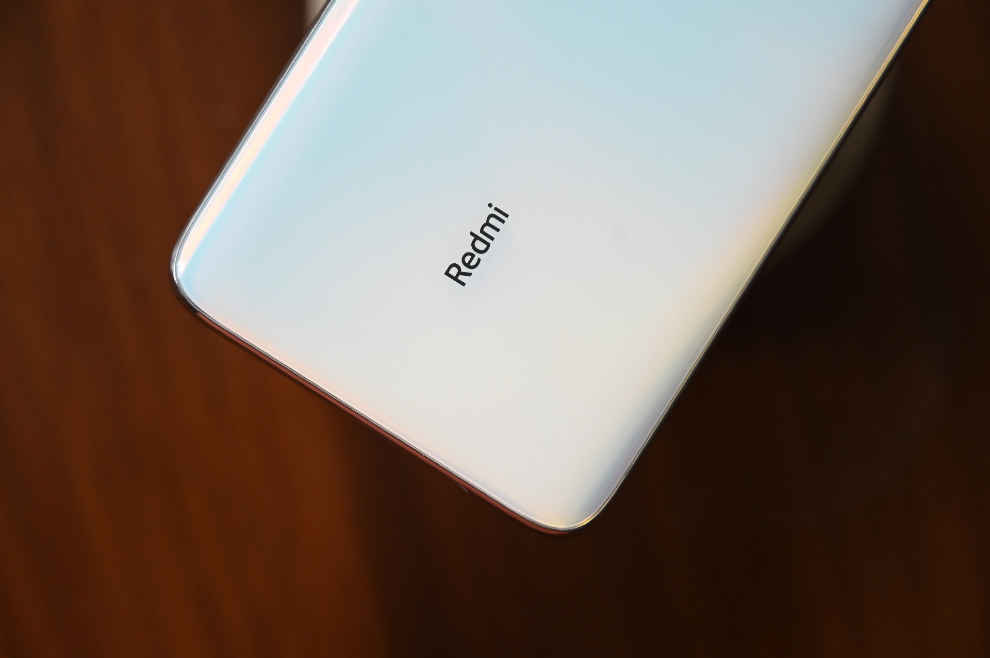
It’s the first time that a Redmi Note smartphone boasts of battery capacity more than the usual 4,000mAh. The Note 8 Pro comes with a 4,500mAh battery but if you think that extends the battery life longer than the Redmi Note 7 Pro, you’ll be left disappointed. In fact, the battery life is just as good as its predecessor, despite the higher capacity. The reason for that is the MediaTek Helio G90T. It’s based on a larger manufacturing process, and as such, tends to consume more power than the Snapdragon 675 in the Redmi Note 7 Pro. We noticed this during our gaming test where the Note 8 Pro consumed significantly more power during our 15 minute PUBG Mobile run than the Note 7 Pro.
However, because of the higher capacity, the percentage drop during our gaming sessions was largely the same. On watching 30 minutes of Breaking Bad on Netflix, the battery dropped by 6 percent, while 15 minutes of PUBG Mobile drained the battery by 6 percent.
Camera

The cameras on the Redmi Note 8 Pro is a step ahead of the ones on the Redmi Note 7 Pro. At least on paper. The 64MP Samsung GW-1 is a much larger sensor and there’s even a wide-angle and a macro lens in tow in the Note 8 Pro. Clearly, there’s no dearth of options. But are they any good?
Well, photos from the 64MP look more or less similar to how photos from 48MP camera turned out, except you get 16MP resolution after binning instead of 12MP. It’s definitely a good thing, but we won’t call it an upgrade over the 48MP camera. Not unless you’re trying to zoom in to read that signboard far away. The wide-angle lens works best in the day. At night, it’s not much of use. The Night Mode in the camera lets you digitally zoom in by 2X but doesn’t let you use the wide-angle lens. The macro lens is a rarity in smartphones but I also found myself using that mode the least.
Here are a few photos we shot with the Note 8 Pro highlighting the pros and cons of the camera —
Primary 64MP camera (f/1.89 aperture, 1/1.7” sensor size, 0.8um pixel pitch)
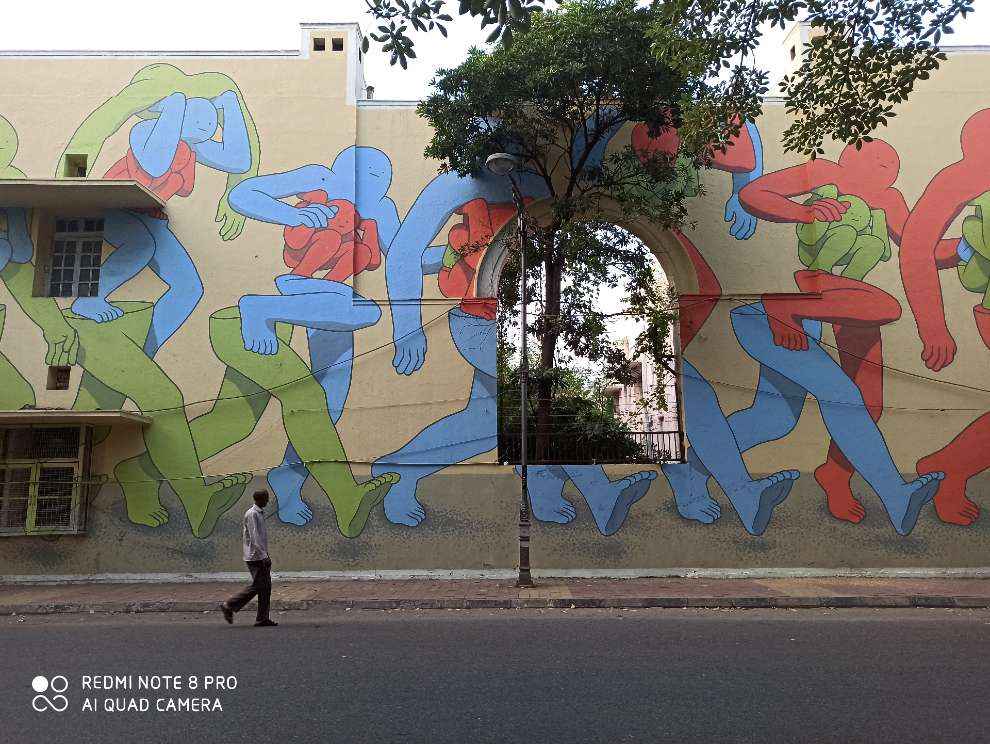
The primary 64MP camera in the binned 16MP mode adds some level of processing to the photos. As a result, contrast and saturation are often boosted. The photos do come out quite sharp with fast shutter response and autofocus.
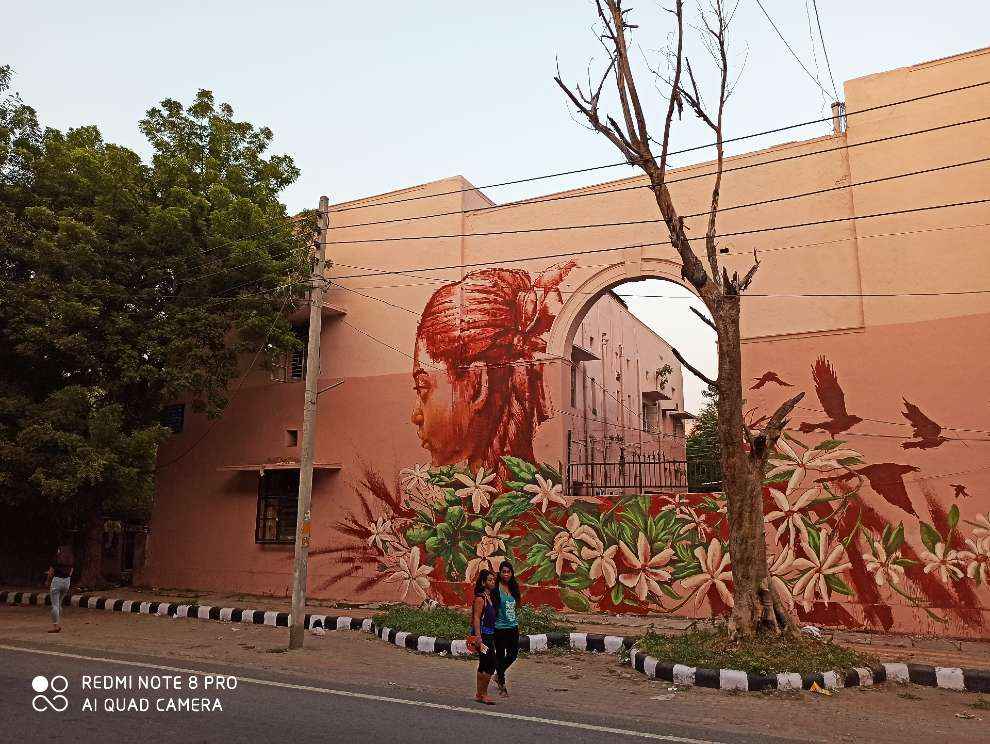

Shot from iPhone 11 (for comparison)
The over-processing is more prominent in this image when compared against the same shot taken by the iPhone 11. Notice the iPhone is able to bring out the blue colour of the sky just as well as that of the wall. The Note 8 Pro whitewashes the sky entirely while accentuating the colour of the wall.
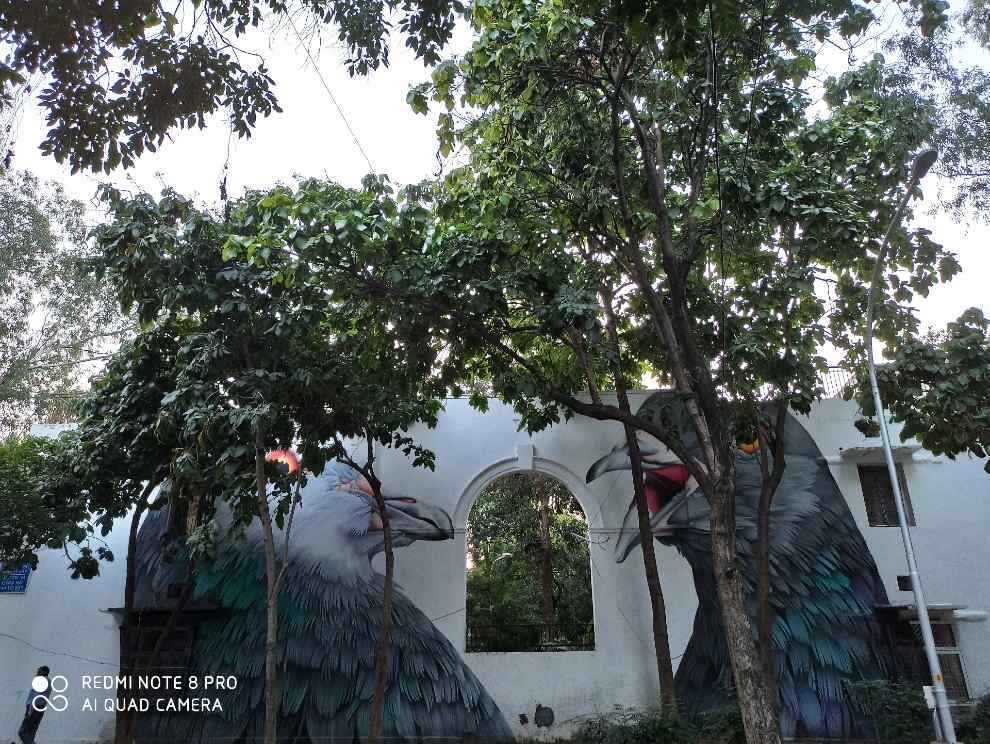
Next, we looked at the dynamic range of the camera. Here too, the sky gets clipped completely while when the focus is on the wall. The photos from the 64MP mode has even lesser dynamic range.
Wide-angle lens (8MP f/2.2, 1/4″, 1.12um)

Shot from 64MP primary lens

Shot from 8MP ultrawide camera
The wide-angle lens of the Note 8 Pro covers a much larger area than the primary camera, but the colour reproduction is vastly different. In both cases, the building was recognised by the AI and the necessary algorithms were put to gear, but even then, the photo from the ultra-wide lens looks quite different than the primary. The primary camera is also much sharper than the ultra-wide lens.
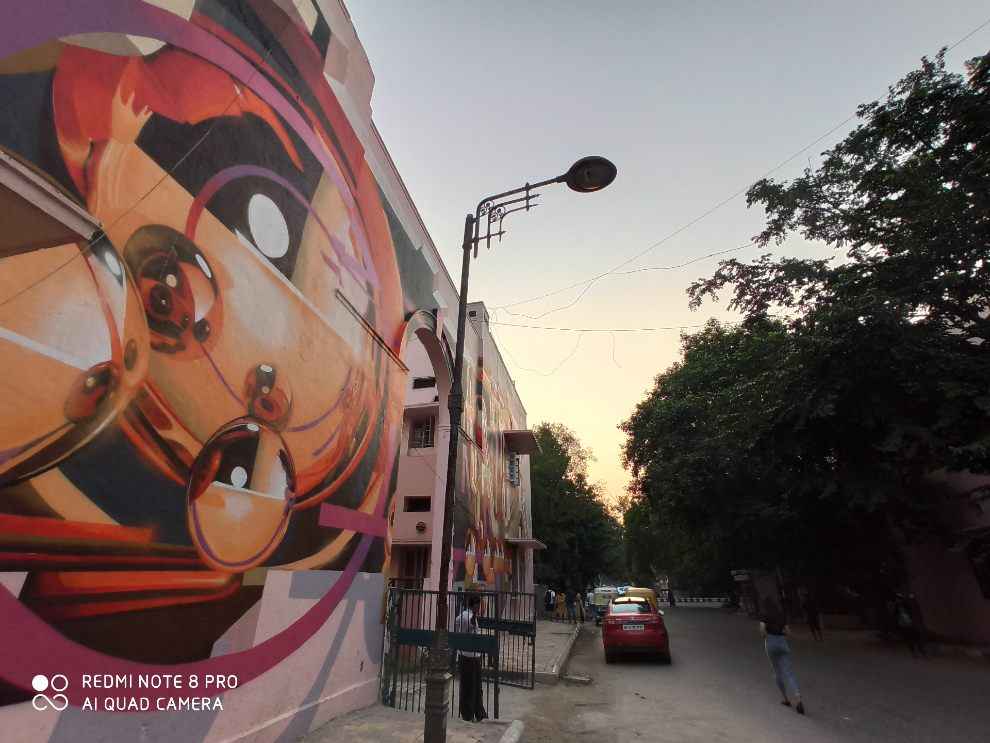
The level of distortion in the ultra-wide lens is also higher than we would like. The image has stretched out the person in the frame to make it look quite artificial. Considering this is taken after sunset, the sharpness is also lacking, as compared to the shot taken using the primary camera.
Night Mode
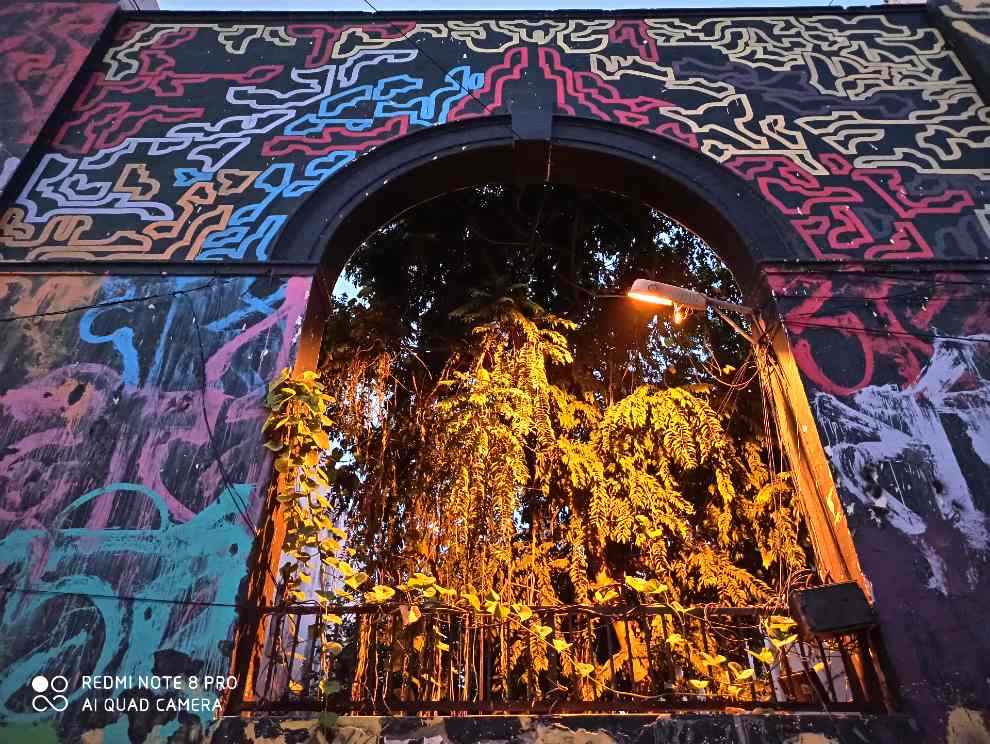
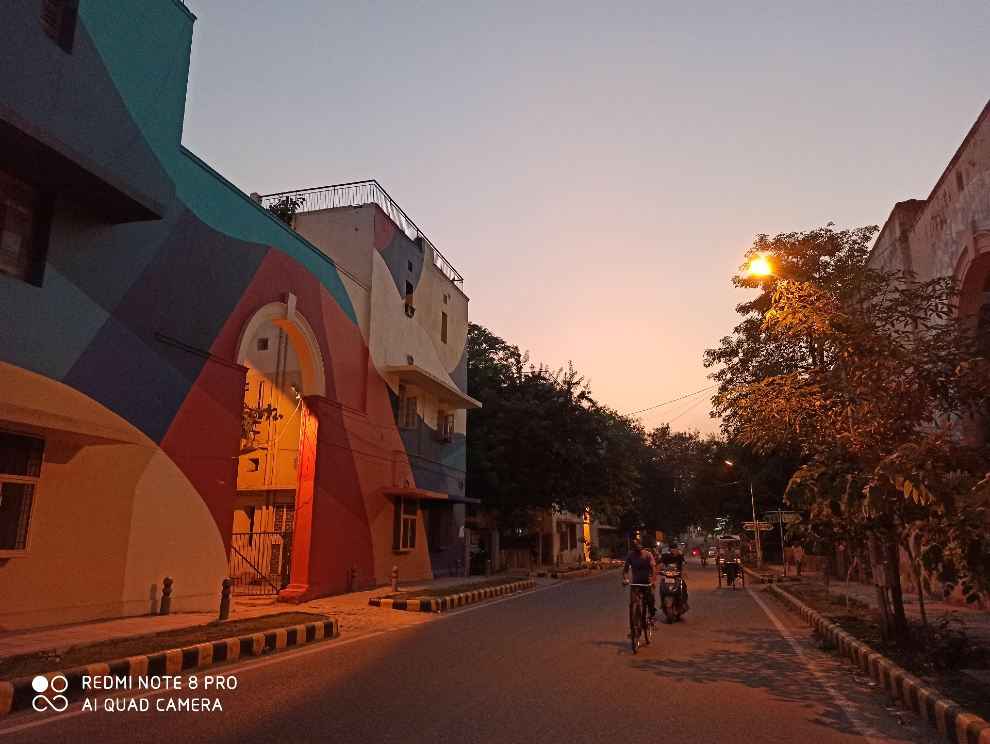
The Night Mode is quite handy when shooting in low-light. Save for the fact that you have to wait a few seconds and can only shoot objects that are stationary, the night mode produces vibrant photos in low-light. This is one area where the Note 8 Pro is visibly better than the Note 7 Pro. The resulting photos are sharp, vibrant and little to no noise.
Indoor shot
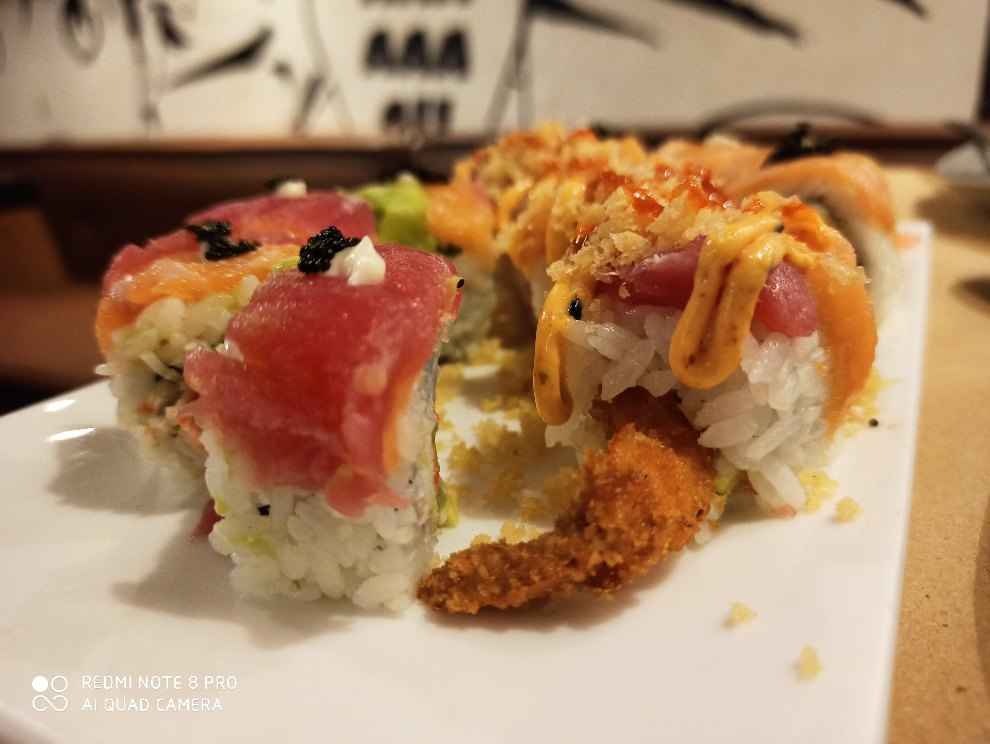
Food photography with the Note 8 Pro is pretty satisfying, just like the sushi in this sample. The camera captured the image with high sharpness, and lots of details, although the focus around the edges seems to be a bit off.
Macro lens (2MP, f/2.4, 1/5″, 1.75µm)
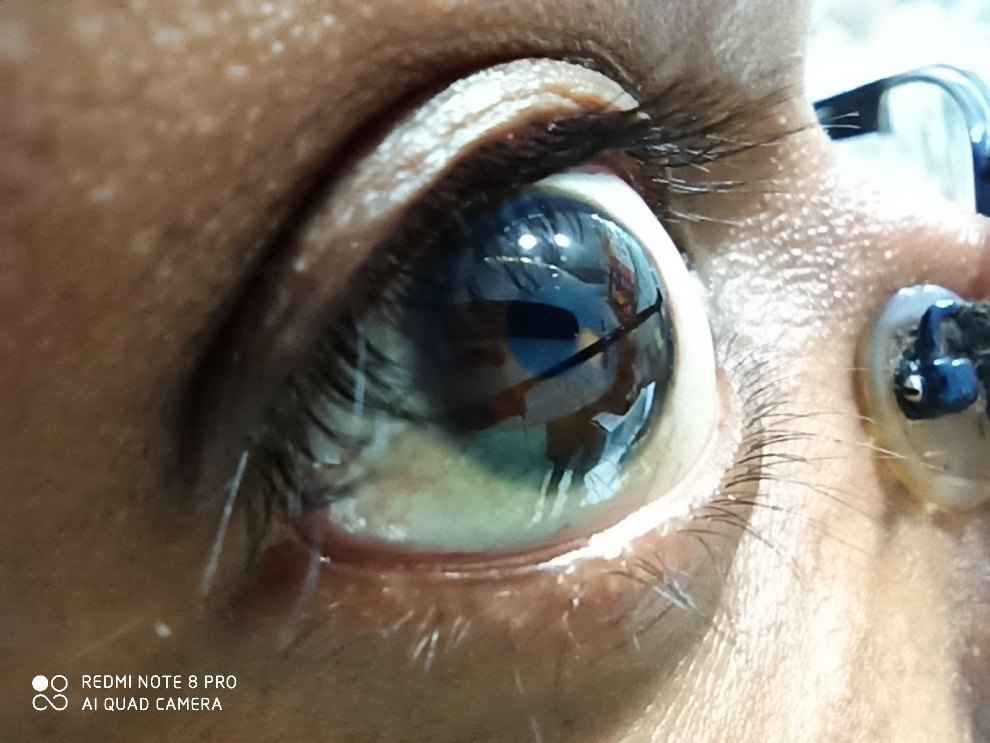
The 2MP macro lens of the Note 8 Pro lets you go as close as 2cm to the object. As a result, you can take super close-up photos which earlier was not possible owing to longer focusing distance in the wide-angle cameras. With a macro lens, while you can technically photograph objects by going super close, you won’t as much details as you like. The sharpness is much lesser than the primary lens and using it in low-light is not a good idea.
Design and Display
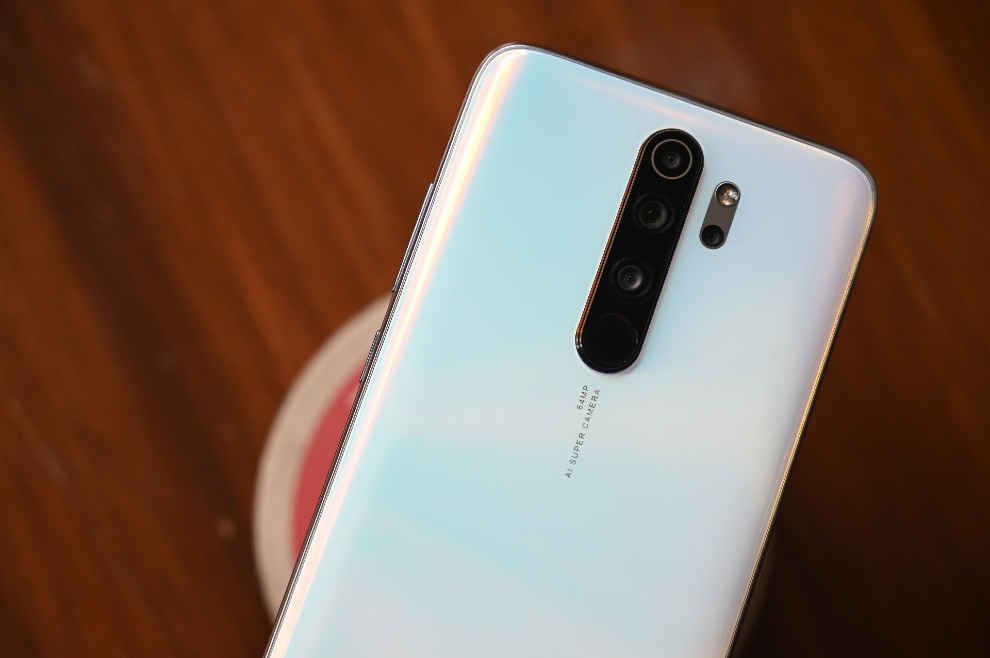
The Note 8 Pro has a good grip owing to the curved corners. The width of the phone is also just enough to use it one-handed. However, it is quite heftier than the Note 7 Pro. We received the white colour variant for review and it looks quite premium. Gorilla Glass 5 is present on both the front and the back and you get a transparent case out of the box. It doesn’t come with a pre-applied screen guard, though. As far as smartphone build and design is concerned, the Redmi Note 8 Pro feels durable and premium.
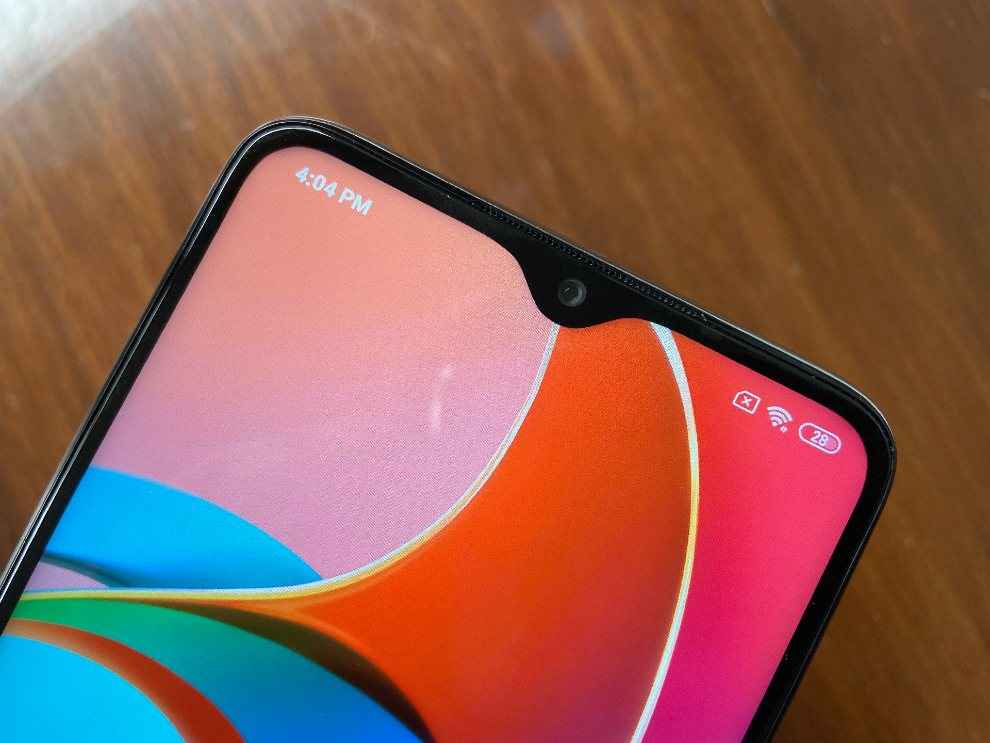
The Note 8 Pro also sports a larger 6.53-inch display. The resolution and aspect ratio remains the same, while the waterdrop notch has been shrunk ever so slightly. The welcome addition is HDR capability, although that only works in YouTube and in games like PUBG Mobile. Having said that, we noticed that the display has a warmer tint by default which can be corrected manually in the display settings.
Bottomline
The Xiaomi Redmi Note 8 Pro is an upgrade over the Note 7 Pro in almost every count. At least on paper. In the real world, there is a boost in gaming performance and display quality while the added Alexa integration will be welcomed by some. The camera quality remains more or less the same despite a newer sensor, and that’s not necessarily a bad thing. Addressing a few burning issues, we initially concluded the Note 8 Pro might be overheating during longer gaming sessions. While the phone does run warmer than say the Realme 5 Pro, it doesn’t go beyond 50 degrees, which is what we consider overheating in smartphones. The battery life of the phone is just as good as its predecessor, despite a larger battery. By the looks of it, Xiaomi took a bold step by choosing to go with a MediaTek flagship SoC and it seems to have paid off. There’s no reason why shouldn’t buy the Redmi Note 8 Pro, save for the pesky ads in the UI.
[ad_2]
Source link


